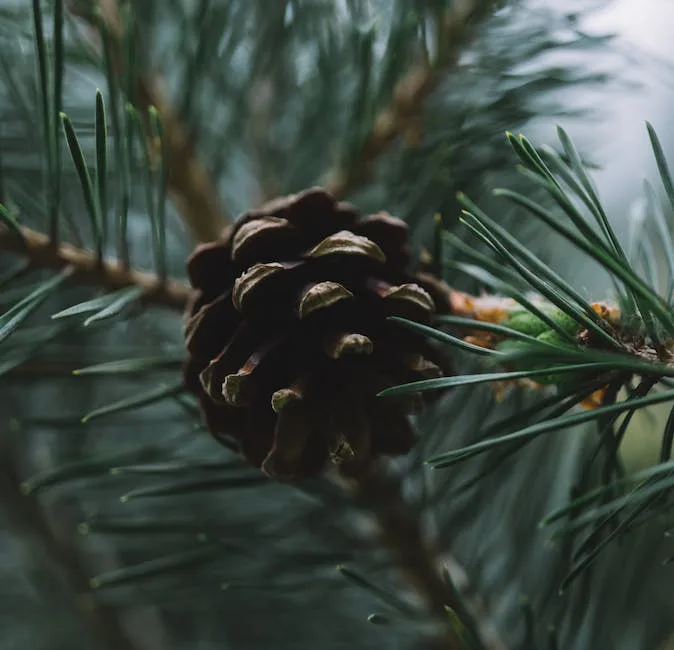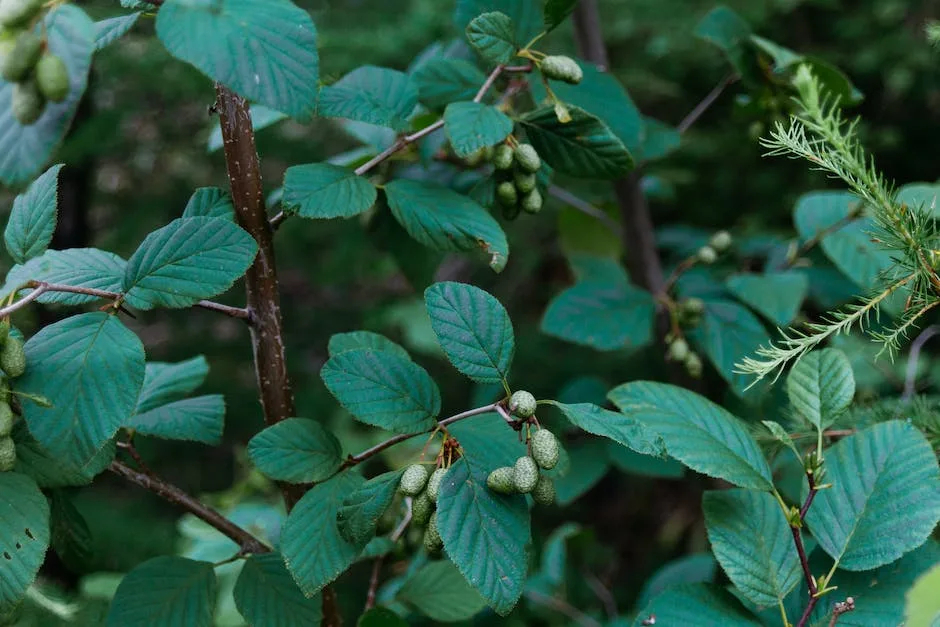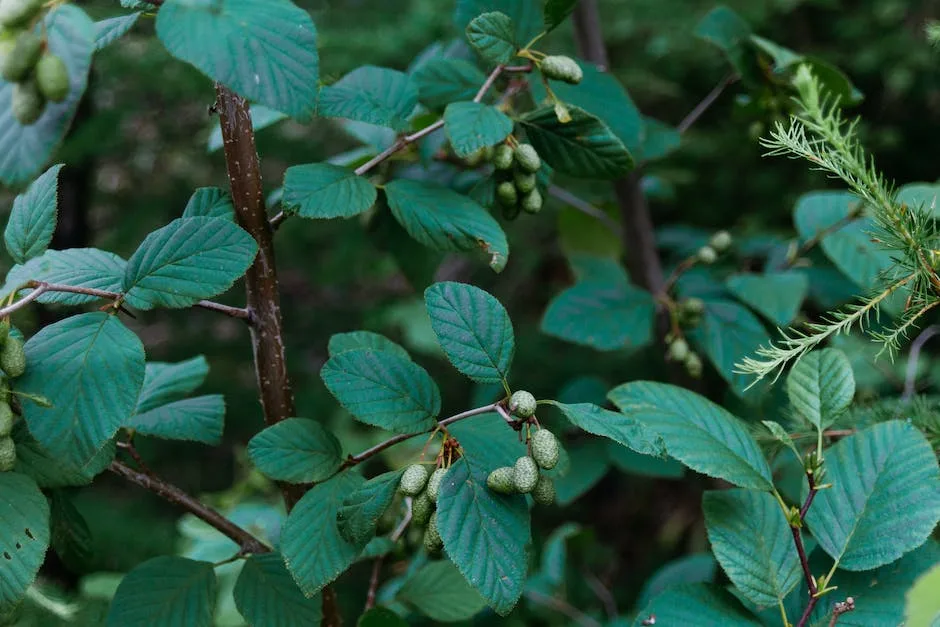One pine cone tree can yield up to 11,000 pine cones in a year, though the average is closer to 3,000.
There is no definitive answer to this question as it depends on the type of pine tree and the conditions in which it is growing. Generally, however, a healthy pine tree will produce hundreds or even thousands of pine cones each year.
What does it mean when a tree produces a lot of pine cones?
Pinecones are the seeds of pine trees and are a favorite food of many insects. The trees produce more cones in response to insect infestations, as a defense mechanism. This allows the tree to produce more seeds, which will eventually be eaten by the insects.
Pine trees can be expected to have a bumper crop of pine cones every three to seven years. It is possible that changes in climate could have an effect on pine cone production and seed release, since they are influenced by temperature and moisture.
How long does it take a pine tree to produce cones
Pine trees generally take two to three years to mature from seed to full adult size. After pollination, the pollinated pine seeds grow and eventually peel loose and off of the cone. The pinecone will then open up and release the seeds, which fall to the ground. Once the seeds have fallen, they will sprout and grow into new pine trees.
The skills of a tree shedding its leaves and branches in high winds can be seen in its ability to fall to the ground without damaging itself. This is a common occurrence from summer into fall when damaging winds are more common. The tree’s root system helps to anchor it in place and prevent it from being uprooted by the high winds.
Do pine cones mean a tree is stressed?
This is an interesting phenomenon that has been observed in recent years. It seems that as the climate becomes drier and more unpredictable, pine trees are producing more reproductive seeds in order to ensure the survival of their species. It’s a fascinating adaptation that allows these trees to thrive in difficult conditions.
Pine cones make beautiful and festive decorations for your holiday table. But it’s important to make sure they are clean before using them. You can clean them by gently brushing off any dirt, debris or insects. This will help ensure your holiday table is looking its best.
What is the lifespan of a pine tree?
Pines are long-lived trees that can reach ages of 100-1,000 years old. The Great Basin bristlecone pine is the longest-lived pine species, with one individual reaching an age of 4,800 years old.
Organic mulch is a great way to keep your trees and flowers healthy while also suppress weeds. Pine cones make great organic mulch because they take a long time to break down. By laying them around your trees and flowerbeds, they help soils retain moisture and suppress weeds.
Do squirrels eat pine cones
Pine cones are not only a favorite food for squirrels, but they are also a natural and healthy food for them. The cones are a good source of energy for the squirrels and help them stay healthy.
The cones of most conifers are woody and can stay on the tree for many years before falling to the ground. The cones of some species, such as fir and spruce, only stay on the tree for a year or two before falling, while the cones of other species, such as pine, can stay on the tree for 10 years or more.
How much is a pine tree worth?
While the average large pine tree is worth $30, logs are worth around $60 per 1000 board feet. This makes pine logs a valuable commodity and an important resource for the forestry industry.
You can’t plant a pine cone and expect it to grow. There are several reasons why this won’t work. The cone serves as a woody container for the seeds, which are released from the cone only when environmental conditions are exactly right. If you plant a pinecone, the chances are that the environment is not right for the seed to germinate and grow.
Should you leave pine cones on the ground
Pine cones are an excellent nesting spot for insects. If you have an area of taller plants, I would recommend leaving some pine cones in there. This way, you’ll still be giving the insects their nesting spot, while also making loud cracks from pinecones.
Pine cones are a valuable food source not just for squirrels, but for many other animals as well. Birds like jays and woodpeckers are known to eat pine cones, and bears, deer, and other mammals do as well. Even insects, such as bark beetles, can eat pine cones. This makes pine cones an important part of many animals’ diets and a valuable resource in the wild.
What are pine cones good for?
If you’re looking for a natural way to keep pests out of your garden, pine cones make for excellent mulch. They’re slow to break down and will last for years, making them a great choice for gardeners with pine trees on their property.
When dry conditions arrive, the outer parts of a pine cone’s scales become drier, resulting in the cone opening. Therefore it is easy to check humidity levels based on their shape. However, there is also an assumption that an abundance of pine cones in autumn means there is a cold winter to follow.
Why are female pine cones at the top of trees
The female pinecone is responsible for producing the gametes that will be fertilized by the male gametes in order to create new pinecones. The strobilus, or cone, is the structure in which the female gametes are housed. Female pinecones are generally found in the upper branches of the tree crown, above the male cone. This reduces the possibility of self-fertilization by the wind-borne male gametes.
If you notice any of the following signs, there’s a good chance your tree is going to fall. Be sure to keep an eye on these warning signs and take action to protect your property:
1. Your tree has dead branches.
2. There are hollow spots in the trunk.
3. The roots are raising up.
4. Leaves are missing close to the trunk.
5. The trunk has big cracks or bark that’s missing.
Do pine cones attract mice
Mice love nuts, and will go to great lengths to get to them. If you have nut trees in your yard, be prepared for the mice to try and get to the nuts. They may even try to access your gutters and get into your house in their quest for the nuts. Be vigilant and take steps to prevent them from getting into your house, or you may be in for a Mousepocalypse!
If you’re planning on using pine cones for any indoor projects or decoration, it’s important to make sure they’re properly cleaned first. Pine cones can come with bugs and can grow mold and mildew if not washed properly. To clean them, simply soak the pine cones in a mix of water and vinegar for a few hours. Then, bake them in the oven at a low temperature until they’re fully bloomed. This will kill any remaining bugs and remove any potential mold or mildew. After that, your pine cones will be safe to use for any indoor projects!
Can you burn pine cones outside
Pine cone fire starters are great for anyone who wants a safe and reliable way to get a fire going. Pine cones themselves burn well when dry, making them perfect for kindling. Just be sure to collect them from a safe area away from any chemicals or pollutants.
If you notice a pine tree with all brown needles, it is likely dead and should be removed. Sometimes after a storm, a pine tree may be damaged and die slowly, keeping its yellow-green needles for a while longer before suddenly turning yellow and brown.
Is a pine tree dead when all needles are brown
If your evergreen’s needles are turning brown and dropping, it’s likely due to pine wilt disease. This time of year, we often get calls about pines or other evergreens with browning needles. If the needles are browning all over your tree and not just dropping to the ground, pine wilt disease is probably the problem.
Pine trees are more likely to break in high winds or under ice and snow loads in storms than other types of trees. This is because they are tall and have a lot of foliage at the top. If you live in an area where there are pine trees, you should be aware of this and take steps to protect your home or business.
Warp Up
In general, a pine tree will produce 10 to 30 pine cones each year.
In conclusion, there is no definitive answer to how many pine cones grow on a tree. This is because the number of pine cones produced by a tree can vary greatly, depending on the species of tree, the age of the tree, the health of the tree, and the local environmental conditions.

My interest in trees started when I first saw the giant sequoias in Yosemite.
I was a teenager then, and I remember thinking, “I need to learn more about this.”
That moment stuck with me.
A few years later, I went on to study forestry at Michigan Tech.
Since graduating, I’ve worked in a mix of hands-on tree care and community education.
I’ve spent over ten years helping people understand how to plant, maintain, and protect the trees in their neighborhoods.
I don’t see trees as just part of the landscape.
They are living things that make a real difference in our daily lives.
